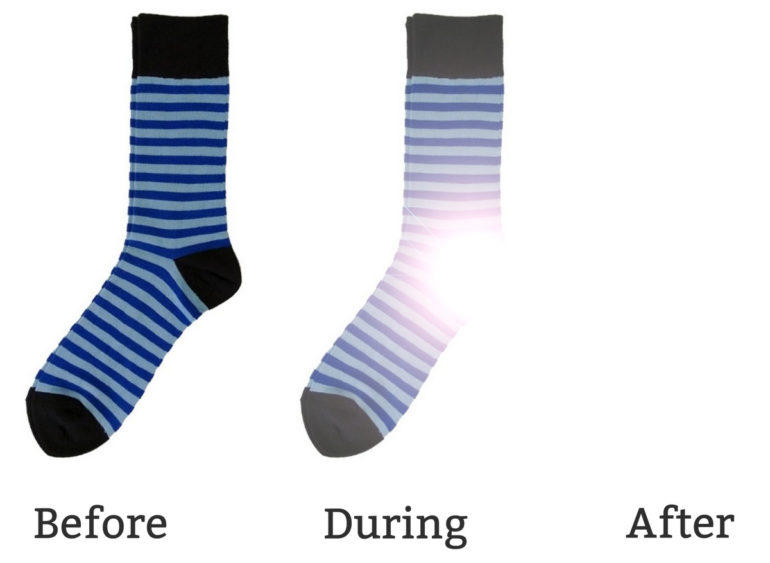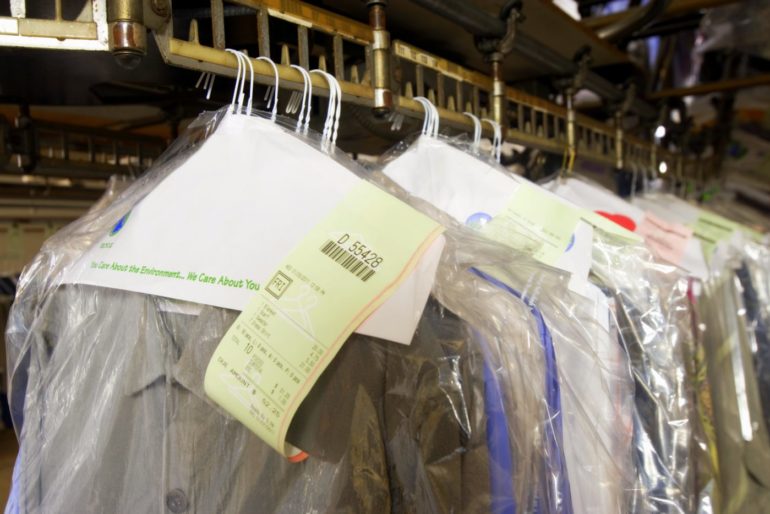How can you keep your hair healthy?
Want more good hair days? Dermatologists say how you wash your hair and the products you use could go a long way in maintaining smooth, shiny hair.
To keep healthy hair looking its best, dermatologist Zoe D Draelos, MD, FAAD, consulting professor at Duke University School of Medicine, Durham, North Carolina, offers these tips.
Tips to keep your hair healthy
1. Get the right shampoo & conditioner
Choose a shampoo and conditioner formulated specifically for your hair type. Pick one based on the shape if your hair — such as curly or straight — and your hair condition, which may be damaged, fine, or frizzy.
If you color your hair, use a shampoo designed for color-treated hair, and if your hair is damaged or chemically treated, consider a “2-in-1” shampoo, which both cleans and conditions hair. Regardless of cost, many shampoo and conditioner brands provide the same benefits.
2. Mainly wash your scalp
Be sure to wash the scalp, which is where the oil is, and then let shampoo run through the hair. Shampoo is meant to clean the scalp primarily, and can damage the hair if overused.
When shampooing, concentrate on cleaning primarily the scalp, rather than the entire length of the hair, as washing only your hair can create flyaway hair that is dull and coarse,” says Dr Draelos.
How often you wash your hair should be based on how much oil your scalp produces.
- If your scalp is oily, wash hair more frequently than if the scalp was drier — as often as once a day.
- If you have chemically-treated hair, your hair may be drier, so you may want to wash it less frequently.
- As you get older, your scalp makes less oil, so you may not need to shampoo as often. But if you see flakes in your hair, you may not be shampooing enough. This can lead to dandruff and other scalp diseases.
3. Use conditioner regularly
Use conditioner after every shampoo, unless you use a “2-in-1” shampoo. Using a conditioner can significantly improve the look of damaged or weathered hair by increasing shine, decreasing static electricity, improving strength and offering some protection from harmful UV rays.
Conditioner should be used on the ends of the hair, not on the scalp, for best results.
4. Protect hair in the summer
If you swim, protect your hair from the damaging effects of chlorine by wetting and conditioning your hair before swimming. Wear a tight-fitting swim cap and use a specially-formulated swimmers shampoo and deep conditioner after swimming to replace lost moisture. When you’re outside in the sun, wear a hat to protect hair from ultraviolet (UV) radiation.
Overall, The less you do to your hair, the better — avoid over-styling or processing hair. “It is best to choose a hairstyle closest to your hair’s natural structure and color as possible, which will minimize hair damage,” says Dr Draelos.
How to avoid hair styling damage
Even if you start out with healthy, glowing locks, how you style your hair — along with the styling tools you use — can cause significant hair damage. This damage can cause your hair to look brittle, frizzy and lackluster — or even fall out. The good news is that you can learn how to prevent this kind of damage.
“Hair myths, such as brushing your hair one hundred strokes each day, can cause split ends,” said board-certified dermatologist Paradi Mirmirani, MD, FAAD, assistant clinical professor of dermatology at the University of California, San Francisco. But, she adds, “Having healthy hair is possible if you know how to care for your hair before and after styling.”
To prevent hair damage and hair loss, Dr Mirmirani recommends this advice:
- Dry your hair by wrapping it in a towel after a shower or bath. Another alternative is letting your hair air-dry.
- Most people should handle wet hair as little as possible, as wet hair breaks more easily when combed or brushed. However, people with tightly-curled or textured hair should brush their hair when wet to decrease the chances of hair breakage.
- Keep brushing to minimum. Brushing your hair 100 strokes each day, as they recommended by Marcia Brady as well as ladies 100 years ago, can actually cause split ends.
- Reduce the use of “long-lasting hold” styling products. Using a comb to style your hair after you apply the product can cause the hair to break and can lead to hair loss over time.
- Allow your hair to partially air dry before you style or comb. Decreasing the number of times per week that you blow dry also helps limit damage.
- Flat irons should be used on dry hair on a low or medium heat setting, no more often than every other day. If you use a curling iron, only leave it in place for a second or two. No matter your hair type, excessive heat can damage your hair.
- Do not continuously wear braids, cornrows, ponytails and hair extensions. These styles pull on the hair and can cause tension that leads to breakage. If the tension continues, permanent hair loss can develop.
“If you’re experiencing hair loss or breakage, there might be more to blame than your styling patterns,” said Dr Mirmirani. “If you have questions or concerns about caring for your hair, you should make an appointment to see a board-certified dermatologist.”







